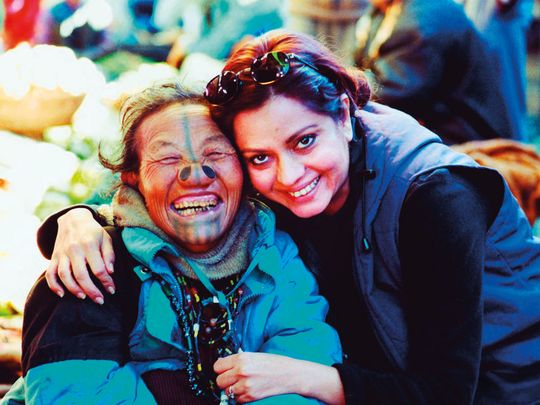
Deep in the Ziro Valley, in the Lower Subansiri district of Arunachal Pradesh in India, live a quaint group of indigenous people– the Apatanis or Tanis. An ethnic group of the eastern Himalayas, they have an extremely interesting and distinct way of life, one that is rooted in sustainability and eco conservation with a distinctive way of preserving the ecology.
Even as they are an excellent example of how humans can harmoniously coexist with the environment in a state of interdependence, one feature of the Apatanis I found truly fascinating is the concept of Buning.
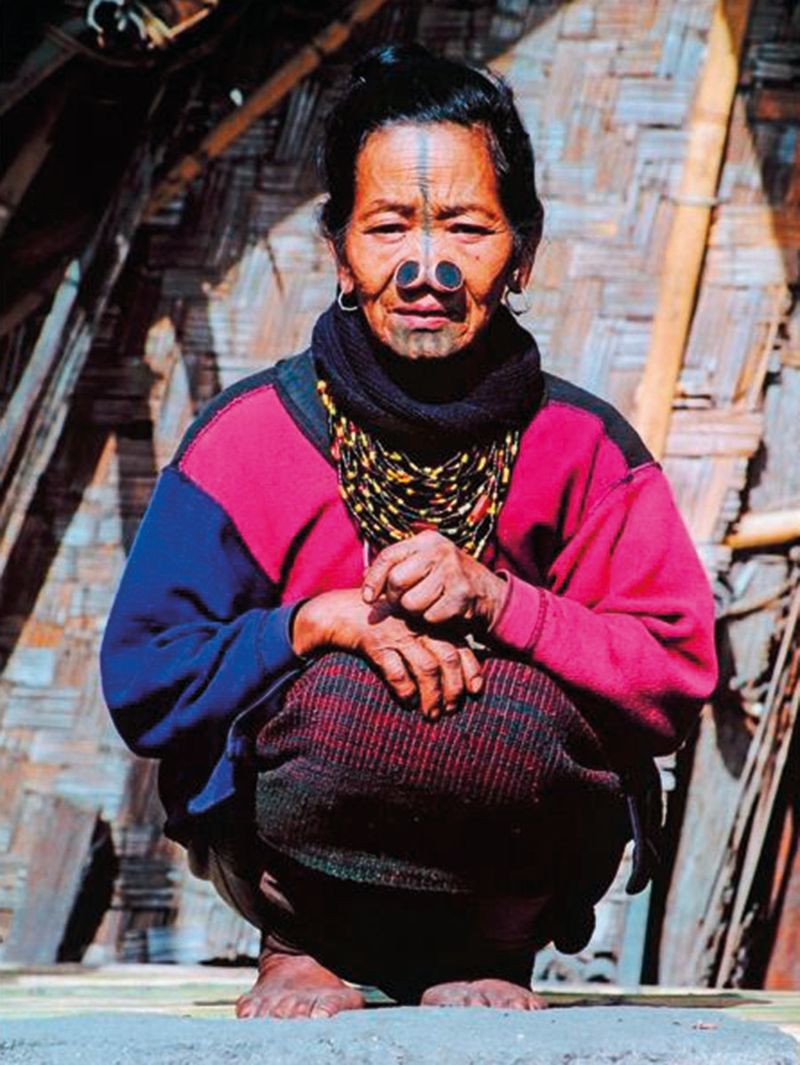
At its most basic level, it is a network of friends that is ready to help each other or the community at any time.
‘The concept of Buning is truly inspiring,’ agrees Anu Malhotra. ‘In today’s fast-paced world, where many of us often feel isolated, fostering a sense of community and support is essential.’
Anu has seen it firsthand. A distinguished photographer, artist and award-winning Indian documentary maker, she has, over the past two decades, redefined the landscape of socio-cultural documentaries with her path-breaking work, including one on the Apatani.
With 17 national and 2 International awards, including one from the President of India for her insightful documentaries and trend-setting television programmes, Anu is known for her impactful communication projects.
The noted filmmaker will be in Dubai this month for an exhibition of her works at the Slovenian Pavilion during the UN Climate Change Conference COP 28 at Expo City Dubai. Titled Soul Survivors of India, One World One Family, the exhibition is summed up well by its tag line –A journey in search of indigenous wisdom for the wellbeing of modern man.
Comprising Anu’s photographs, films and artifacts, the exhibition provides an insight into the depth, resilience, and cultural tapestry of India’s North-Eastern states and tribes of Nagaland even as it aims to make a powerful statement on the importance of preserving and protecting ancient wisdom and sustainable practices for the benefit of humans.
EXPLORING INDIA
Chronicling lesser known places in India, and the lives and practices of tribes are what drive Anu. The daughter of an Indian Air Force officer, she hosted India’s first travel show Namaste India in the early 90s which went on to become a trend setter of sort. Another series titled Indian Holidays followed. ‘These experiences took me to various corners of India, where I discovered that my perception of the country was quite limited,’ says the sexagenarian. ‘The true essence of India resided in its villages, each uniquely diverse and incredibly rich. It would take lifetimes to truly comprehend the depth and diversity of this magnificent nation,’ she says, in an exclusive interview with Friday ahead of her visit to Dubai.
Even as her second travel show on TV was coming to a close, she realized that India was undergoing rapid transformations, and much of its oral traditions and living cultures were at risk of fading into oblivion. Keen to document these living heritages and cultures, she took it upon as a mission, embarking on a series of in-depth documentaries, focusing on aspects of the tribes and indigenous people that few people knew about.
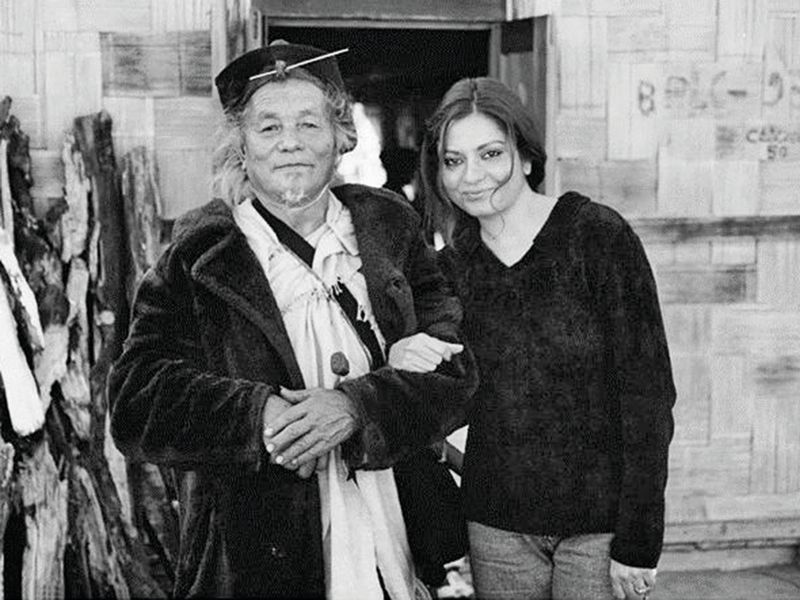
The result was a seven-episode series – a few of which she directed- called Tribal Wisdom, that documents India’s indigenous communities.
‘This endeavor provided me with a unique and intimate opportunity to immerse myself in the lives of the Apatani of Arunachal Pradesh and the Konyak of Nagaland,’ says Anu.
The experience of living with these indigenous people and documenting their lives in the early 2000s struck a deep chord within her, and ‘I felt a compelling responsibility to document and preserve these cultures before they were lost forever,’ she says.
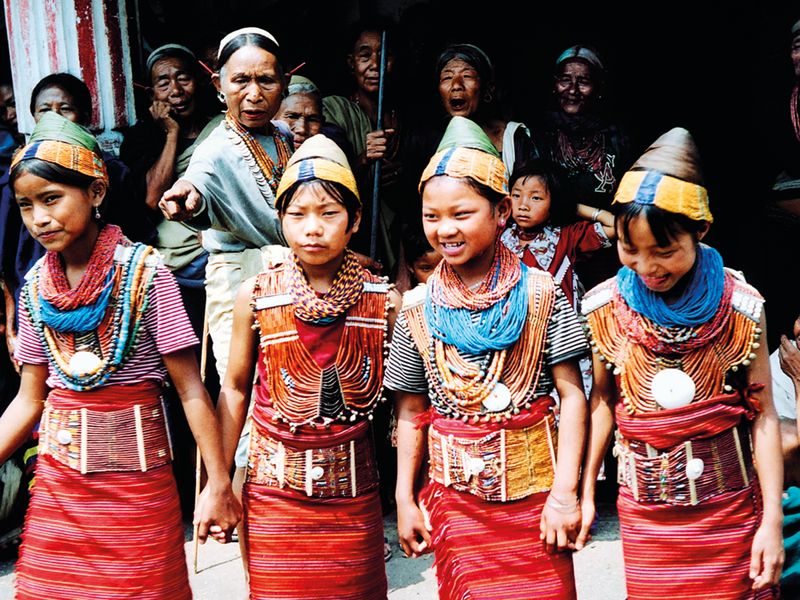
The result is Soul Survivors, a book and a multimedia exhibition. ‘Soul Survivors was born out of this sense of urgency and the need to create a comprehensive and immersive experience to showcase these extraordinary cultures.’
More than just a book, Soul Survivors is an insightful multimedia exhibition that provides a holistic exploration of these indigenous communities. Her photographs offer an immersive experience while the exhibition that includes artifacts and two documentary films, shares snippets of rare information about the tribes. ‘I aimed to capture not just static imagery but also the dynamic and living aspects of these cultures, including their vibrant rituals, ceremonies, and daily practices,’ she says.
Years later, three tribes remain in Anu’s mind for different reasons. ‘The Apatani for their unique customs and strong sense of community, as seen through their “buning” celebration and deep respect for nature,’ she says.
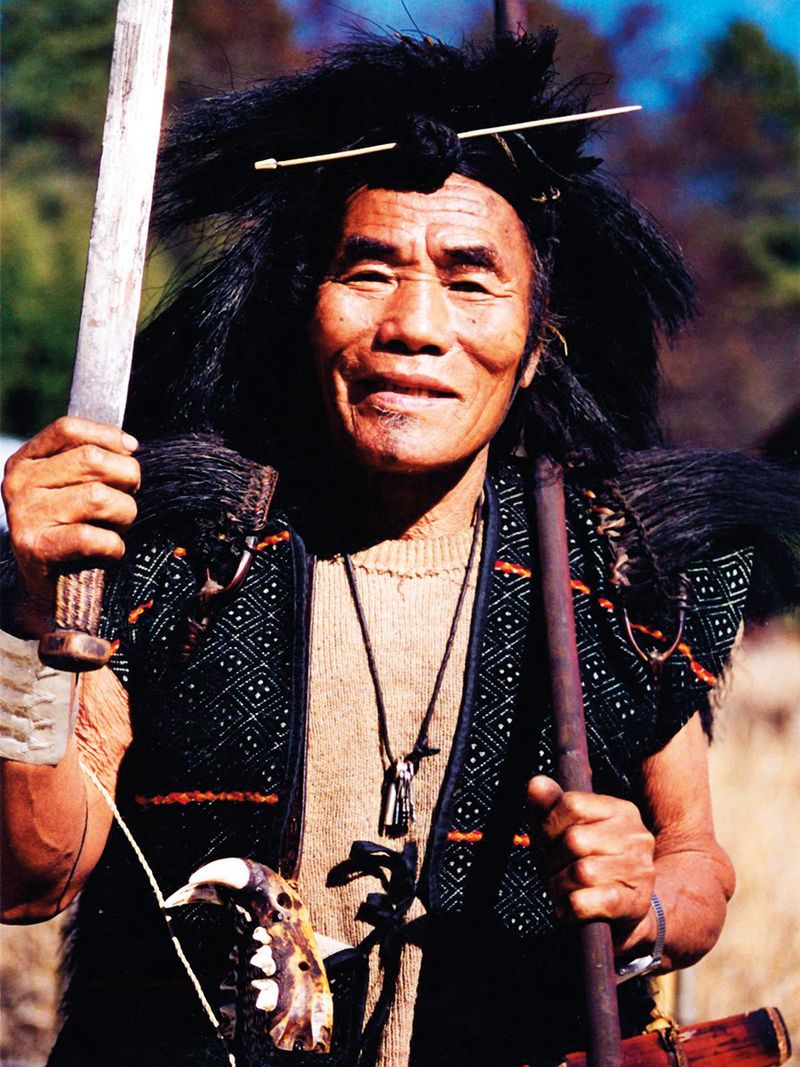
‘The Konyak of Nagaland, historically known as fierce headhunters, intrigued me with their intricate tattoos and unwavering commitment to preserving their cultural heritage.’
The third are the Tibetan Nomads. ‘Though not a specific tribe, they left a deep impression with their minimalist lifestyle, contentment with essentials, and their profound connection to vast landscapes.’
Anu’s encounters with them underscored the importance of safeguarding indigenous cultures in a rapidly changing world and ‘imparted invaluable lessons about nature, community, and the pursuit of a meaningful life’.
She bemoans the fact that humankind has, over the decades, regrettably lost several profound pieces of ancient wisdom, ‘especially those closely linked to sustainability’.
REVERENCE FOR NATURE
One significant loss has been the deep reverence for nature that characterized many ancient cultures. ‘These societies viewed themselves as an integral part of the natural world and lived in harmony with it, recognising the importance of protecting and preserving the environment.
‘Sustainable agricultural practices, such as crop rotation and organic farming, have also dwindled in favor of more intensive and less eco-friendly methods,’ says Anu, who is now working on converting her documentary series Shamans of the Himalayas, into a book that she hopes ‘will transport readers into the mystical realm of myth and magic in the enchanting Kullu Valley.’ In her book, she hopes to uncover personal stories and struggles of shamans (who serve as oracles, trance mediums, and traditional healers), shedding light on these lesser-known cultural, social, and religious practices of Himachal Pradesh that are gradually fading away.
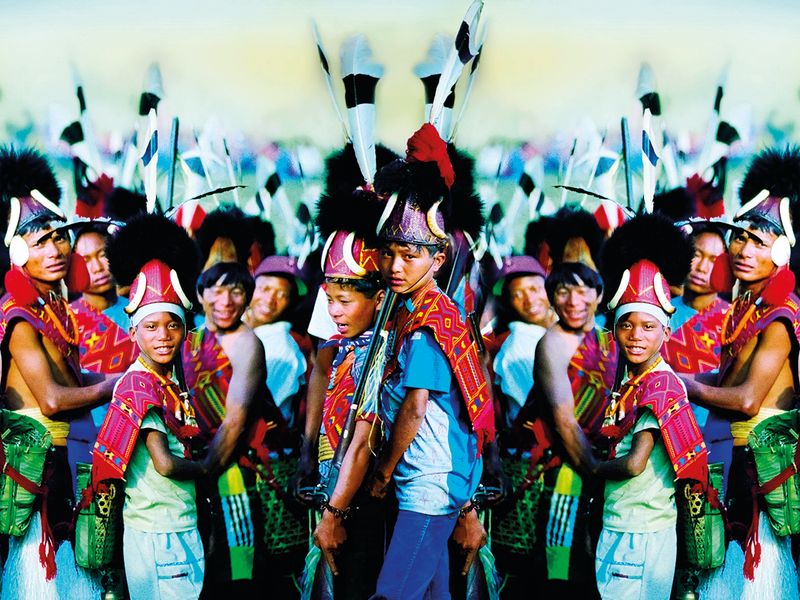
The cultural archivist is also saddened by the loss of the sense of community and sharing, once paramount in ancient cultures. This has led to increased waste and overconsumption, she feels.
‘The principle of moderation and minimalism, which favored quality over quantity, has been overshadowed by excessive consumption. Additionally, holistic health practices and traditional healing systems of ancient times emphasised the interconnectedness of physical, mental, and environmental well-being, an outlook we have largely neglected.’
She believes it is essential that we rekindle these ancient wisdom and traditions to guide us in addressing contemporary sustainability challenges, and promoting a balanced and harmonious coexistence with our planet.
RELEVANCE TODAY
But how relevant is traditional wisdom in today’s world? I ask.
‘Highly,’ says Anu. ‘Its significance should not be underestimated.’
Although society has advanced technologically and scientifically, many fundamental principles embedded in traditional wisdom can provide valuable guidance for addressing the complex challenges of our modern era, believes Anu. ‘Traditional wisdom, for instance. often emphasizes a deep connection to nature, a perspective that is urgently needed as we grapple with environmental issues such as climate change, biodiversity loss, and resource depletion. These ancient teachings remind us of the importance of living in harmony with the natural world, practicing sustainability, and respecting the delicate balance of ecosystems.’
Traditional wisdom also places a strong emphasis on community, cooperation, and sharing– values that in today’s individualistic and consumer-driven culture can help combat social isolation, inequality, and the negative impacts of excessive consumption, she says. ‘Building strong, supportive communities can enhance overall well-being and resilience.’

Traditional wisdom also advocates for a holistic approach to health, recognising the interconnectedness of physical, mental, and environmental well-being.
In an age where stress, mental health issues, and lifestyle diseases are prevalent, these holistic perspectives offer alternative paths to wellness.
‘Traditional wisdom also underscores the importance of cultural preservation and the passing down of knowledge from one generation to the next. In a rapidly changing world, maintaining cultural identities and heritage can provide a sense of continuity and belonging,’ Anu is convinced.
Incorporating these time-tested principles into our contemporary world can help address pressing global challenges, promote sustainability, and foster a more balanced and harmonious existence.
So, how can one include at least some of these lessons in our daily life today?
‘We can start by embracing sustainable practices like reducing waste, conserving energy, and supporting local, eco-friendly products. Building stronger communities and encouraging resource-sharing can foster a sense of togetherness and reduce individualistic consumption,’ she says.
Prioritizing holistic well-being by connecting with nature, practicing mindfulness, and promoting mental health awareness is crucial. Additionally, we can learn from indigenous cultures about preserving and celebrating our own cultural heritage, she says.
Ultimately, adopting a more minimalistic and conscious approach to consumption can help us live in closer harmony with the environment, as the tribes have done for generations, says the much travelled documentary maker.
HIGH HAPPINESS QUOTIENT
The time Anu spent with indigenous people left her with more than just fabulous pictures and spectacular documentary footage. It also gave her a new perspective on life and living.
‘What intrigued me most about these two communities was the sheer happiness quotient of the people, and this goes against everything we are often taught,’ says Anu. ‘In a world that often glorifies modernity, material possessions, and the pursuit of success, the indigenous tribes I encountered across India seemed universally happier.’
This realisation prompted her to explore the reasons behind their happiness. The answer, she found, lay in their way of life. ‘These communities prioritize community harmony and well-being of their people.’

The indigenous people live in close-knit communes, and lead healthy lifestyles by working outdoors in the sun and soil. Children are raised to be responsible and independent, and the status of women is high, as they actively contribute to the agrarian economy and run households. Respect for elders, their age, experience, and wisdom is a fundamental aspect of their culture, says Anu.
‘However, what struck me most was the profound sense of community support. No one in these tribes experiences isolation or loneliness. Whether someone grows old, falls ill, faces divorce, or has children, they always have the unwavering support of the community.’
It’s perhaps a lesson modern communities can learn and make part of their lifestyle too.
Even as Anu highlights the positive aspects of the lifestyles of indigenous peoples, she also worries about how some negative impacts of ‘development’ have begun to significantly affect these communities leading to ‘the erosion of traditional cultures and values’.
Younger generations forsaking their heritage in favour of Western lifestyles, languages, and belief systems is leading to cultural dilution that is threatening the unique identities of these tribes, she says. ‘Economic disparities have also emerged as a consequence of development.’
The introduction of cash-based economies has disrupted the traditional systems of barter and self-sufficiency, leaving some community members economically marginalized while benefiting a few. Also, not surprisingly the risk of social tensions and inequalities within the tribes is growing.
Another major negative impact is the environmental degradation that is occurring in the areas due to the increased infrastructure and resource exploitation. ‘The natural environment these tribes rely on for sustenance and spiritual significance is being depleted. Deforestation, pollution, and habitat destruction disrupt their delicate balance with nature,’ says Anu.
Then there’s the constant threat of spread of diseases and social problems associated with urbanization, such as alcoholism and substance abuse.
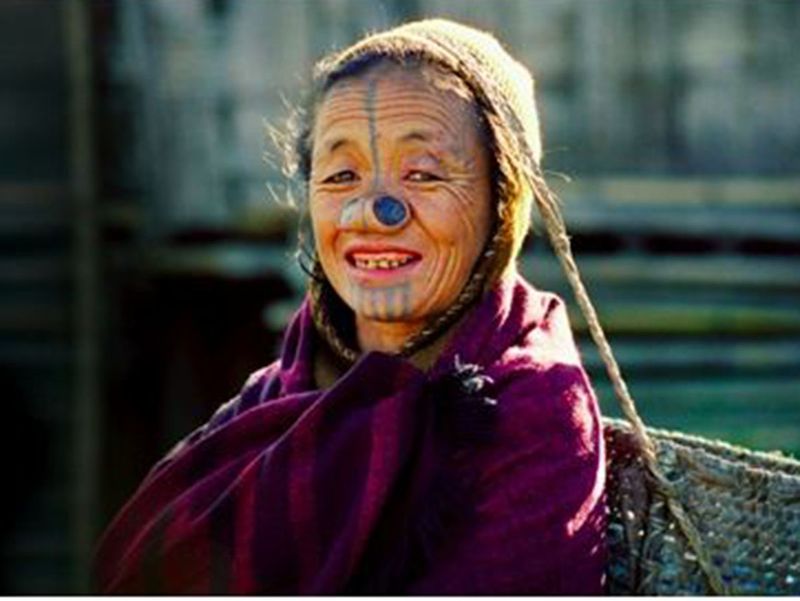
‘These challenges underscore the need for sustainable and culturally sensitive development strategies in tribal regions.’
Nevertheless, Anu is happy that there is an increased awareness about climate change particularly in the light of events like COP28.
‘There is a noticeable shift towards a greater respect and reverence for nature among people… an increased focus on climate change, and efforts to green and protect the environment,’ she says. ‘This heightened awareness has encouraged individuals and communities to reevaluate their relationship with the environment and adopt more environmentally conscious practices.’













